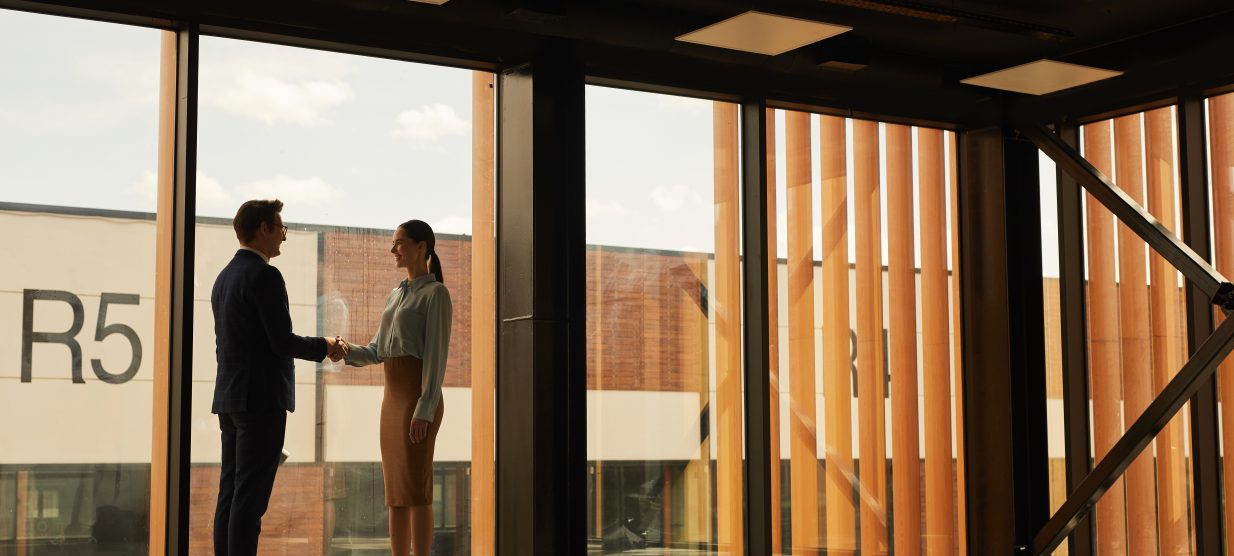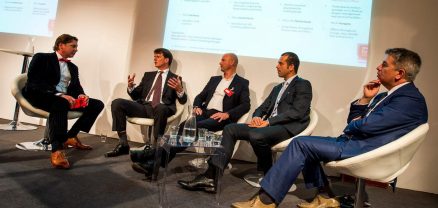Navigating the 9-to-5: Insights from the Office Frontier
The traditional 9-to-5 work structure is undergoing a profound transformation, driven by changing work patterns. In this article, we delve into the evolving dynamics of work and explore the necessity for reimagining office spaces.
As new trends emerge, workforce behavior becomes a key determinant of company performance. But how to adapt to these changes? How to follow the new normal to maximize work performance while also considering employee satisfaction?
The new office frontier
The new office frontier
The structure of work has undergone significant changes in the past few years, as highlighted by a study from the Boston Consulting Group. These changes are primarily driven by the pandemic’s impact, technological advancements, and evolving employee expectations. As indicated in this study and BCG NASSCOM’s report on the future of work, more than 70% of employees now prefer hybrid work. The adoption of hybrid work models varies, ranging from fully remote to a mix of remote and on-site, to entirely on-site.
Shifted working hours and hot desking
Shifted working hours and hot desking
Alongside the rise of hybrid models, other significant changes are reshaping the traditional work environment. Shifted working hours are now more common, with employees often working at times that best suit their productivity peaks and personal commitments. This flexibility further breaks the mold of the conventional 9-to-5 schedule.
Additionally, the concept of hot-desking has gained traction, where employees do not have assigned seating but instead use any available desk. This approach maximizes space utilization and encourages a dynamic, collaborative atmosphere.
Flexible structures
Flexible structures
According to statistics, by 2025, 36.2 million Americans will be working fully remotely, up from just 4.3 million pre-pandemic in 2019. This shift paves the way for a more flexible working structure that companies must adapt to. There are still different kinds of tasks and jobs that require collaboration and teamwork, so even though home office is the most preferred working model, business performance will require interaction and a flexible structure in many cases.
Supporting the new norms
Supporting the new norms
This change significantly reduces the necessity for large, traditional office spaces as employees split their time between working from home and the office. As a result, there’s a growing demand for smaller, more versatile work environments that can adapt to this flexible working style. These spaces are designed to cater to the changing needs of a hybrid workforce, focusing on functionality and efficiency.
Serviced offices: The practical solution
In response to this shift, serviced offices have emerged as a practical solution. They offer fully-equipped, flexible office spaces that can be scaled up or down based on the current needs of businesses, providing an ideal setup for companies embracing the hybrid model. This approach allows businesses to maintain a physical presence without the overheads associated with larger office spaces, while still fostering collaboration and innovation among employees.
Flex spaces are ideal if employees split their time between remote work and office presence, as it offers the flexibility to use office facilities on an as-needed basis. This adaptability is crucial for businesses adopting a hybrid approach, as it allows them to provide employees with professional and collaborative work environments without the constraints of a traditional office setup.
We’ve explored the new trends and possible solutions to support the demand of flexible working models. You can read more about the benefits of providing a professional working space for employees in order to work effectively when they’re in the office.

Do not hesitate to contact us
Get in touch, if you have any question


